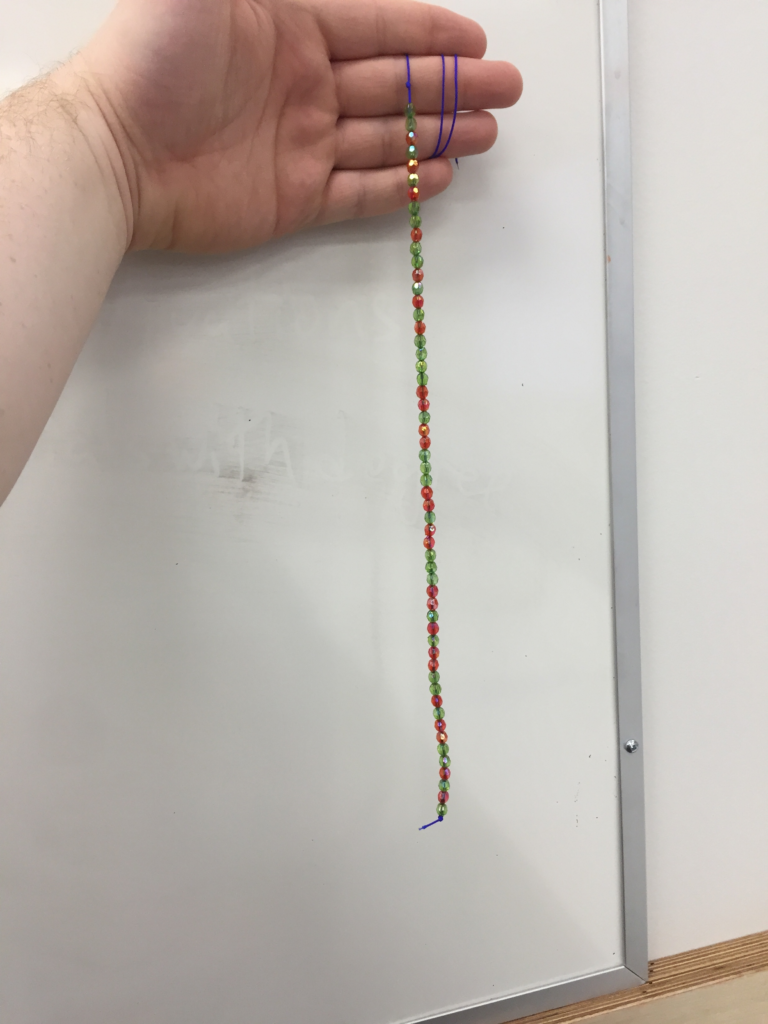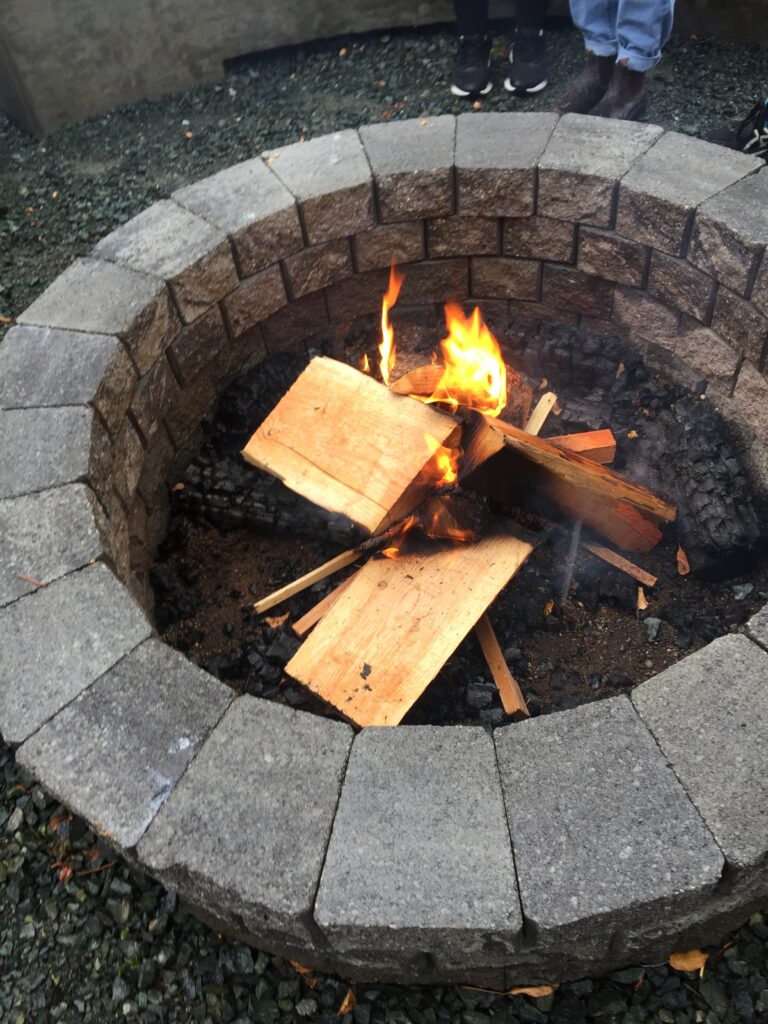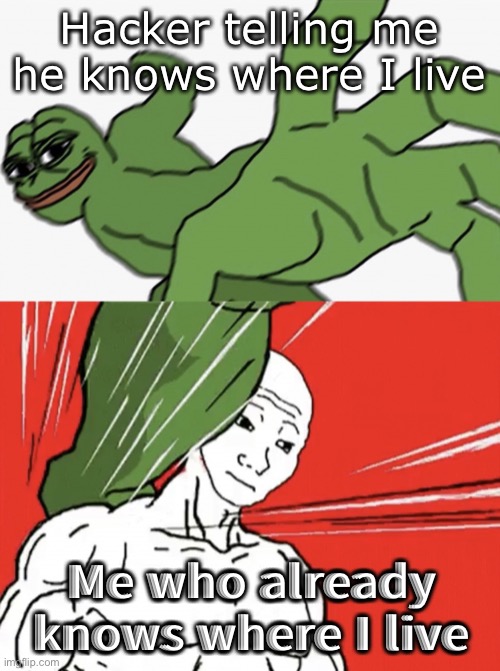There was a lesson that I learned twice, once from the Ozobots, and again through the beaded tweets.
The lesson was something I “know”, but somehow it doesn’t catch in some new circumstances.
The lesson is: Be attentive to the details.
The means that I managed to fail to achieve this result was both amusing and reminds me to make reminders in teaching.
In the Ozobots there were difficulties that the bot had in recognizing the different commands. Some looking into it made it obvious that the bot had some restrictions that were not in the basic instructions. Intersections and commands could not be too close, commands could not have their colours intersect at all, lines had to be a certain width and have a certain degree to the angle they could properly recognize. With all of these I decided to be more intentional and attentive to the details in the upsoming activities.
The next Monday we had the Beaded Tweets Activity. In this I decided to be very intentional. I decided to carefully choose my word to use, “smccart”- my first initial and last name to be possibly used in a present for my parents. I carefully counted the number of each bead colour I would need, and then double checked each letter before I added it. This was the result.

There is one issue with the result however. I had intended to write “smccart”, but in choosing the letters M, S, R, T, I had been going from the bottom right of the page and looking up, where with the letters A and C I had gone from the top left and down. I only realized that the page was split between the capital and lower case letters after having finished the beading. What I got then was “SMccaRT” which would have been fine if there was a meaning to the capitalization, but there was none.
The meaning I chose to draw from this is that when someone is making a mistake there’s a possibility it’s because they are not even considering that there is an issue. If they do not even understand that there could be a problem then why should they be concerned over the possibility of a problem arising. That gives some perspective on the importance of ensuring that people understand the issues that could arise. There are a few methods that might be chosen:
Show that there could be issues and explain to a greater detail where the issues might show up.
Explain the handouts that students get. Use one example of going through it so the students are required to see the different elements arising.
It might also be helpful to look over what people choose, making people have their project looked over before they start the parts of the project that might be difficult or impossible to reverse.
Have the students have a peer to peer overview of what they’re going to do. This might cause some issues of a peer’s tastes influencing what is “wrong” but it should allow for the unintended choices to become more intentional instead of a surprise.
Allow for students to make mistakes and learn. This can result in negative emotions, so use at your own risk.





